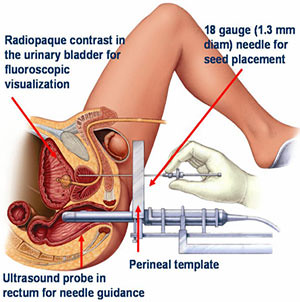
Breast cancer originates in the breast tissue. This is common in women over 40 years, although there are few men who have it. Also "known to occur in adolescents, although not as common. One of the worst is inflammatory breast cancer, which usually has no signs or symptoms. Y ', then one of the most difficult to diagnose, especially on young people who may not be sensitive to changes inbodies. However, if signs and symptoms are present, the breast is swollen, tender and often itchy. Other symptoms are bruises on my chest and nipples and the formation of lymph nodes in the armpits.
When a teen is called the mass, which must be taken to a hospital for an adequate investigation. However, not all nodules are cancerous, and only a qualified doctor can determine this. In most cases, the lumps are caused by changes in the breast duringmenstrual cycle. These tumors tend to be fluid-filled cysts. The nodules are benign and are usually mild, and move easily into the breast tissue. Most of these tumors can not be removed unless they are causing serious nuisance or cause significant changes in the shape of the breast.
A lump that seems to grow in size and remains, even when handled with the fingers, could be an indicator that is not benign and a sign of breast cancer. This type ofPackages must be taken immediately for analysis. Teens should be encouraged to perform self-examination, and report any changes to their parents. They should be looking for symptoms such as changes in shape and size of the breast. A chest may appear larger or smaller. Also, ask for changes in breast tissue. This includes the hardening and thickening of the breast.
In some cases, breast cancer in adolescents ischaracterized by pain. The teenagers complain of pain that comes and goes often in the chest. In some cases it may be constant and will last longer than a day before it stops. You should also check for color change in some parts of the breast. If these color changes do not disappear in a short period of time, then it should be cause for concern. Adolescents are faced with this disease need much help from family and support groups. This is particularly important because they feel thatnot in tune with their peers and are unlikely to find survivors among their peers.
No comments:
Post a Comment